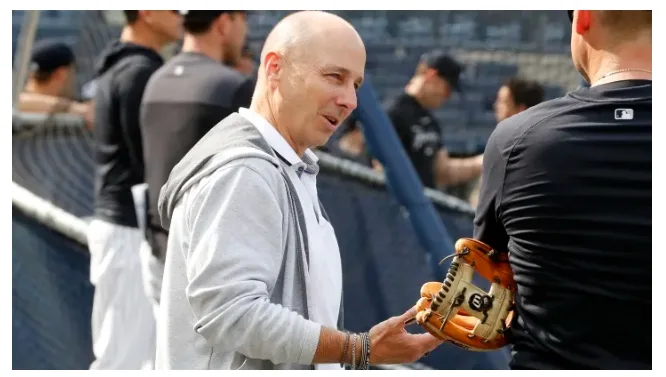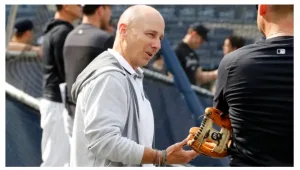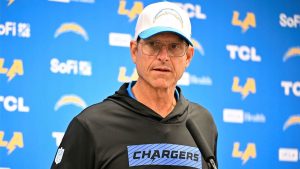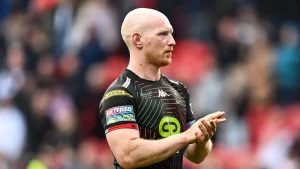
Update:Yankees chickened out of acquiring another much-needed starting pitcher at trade deadline…

At the trade deadline this season, the New York Yankees faced an opportunity to solidify their pitching rotation and potentially position themselves as genuine contenders.
However, their decision to abstain from acquiring a much-needed starting pitcher has left fans and analysts questioning the team’s commitment to winning and its long-term strategy.
The Yankees entered the deadline with a clear need for additional starting pitching.
Despite boasting a roster rich in talent, the Yankees’ rotation had been inconsistent, plagued by injuries, and underwhelming performances from some of their key pitchers.
With the postseason approaching, it was evident that bolstering the rotation could provide a significant advantage.
Several high-profile pitchers were available on the market. Teams like the Chicago White Sox, who had starters such as Dylan Cease, and the St.
Louis Cardinals, with pitchers like Jack Flaherty, were open to trade discussions. These pitchers could have been game-changers for the Yankees, offering both immediate impact and long-term value.
However, despite the clear fit, the Yankees chose not to make a move.
Several factors might have influenced this decision.
One possible reason is the organization’s reluctance to part with top prospects. The Yankees have been cautious about trading away their young talent, fearing the long-term ramifications of such deals.
While it’s understandable to be protective of future stars, the argument for a win-now approach is compelling.
The Yankees are in a competitive window where adding a high-quality pitcher could mean the difference between a deep playoff run and an early exit.
Another consideration could be financial. Acquiring a top-tier pitcher often requires taking on a significant contract or providing valuable prospects in return.
The Yankees, despite their substantial resources, may have been hesitant to increase their payroll or deplete their minor league system.
This cautious financial approach, however, risks squandering the opportunity to capitalize on their current roster’s potential.
Additionally, there might be internal confidence in the existing rotation’s ability to improve.
The Yankees may believe that their current pitchers will rebound from injuries or underperformance, rendering a trade unnecessary.
While this optimism is admirable, it’s also a gamble that can backfire if those pitchers fail to meet expectations.
The decision to pass on a starting pitcher at the trade deadline can be interpreted in several ways.
For some, it signals a lack of urgency or confidence in the current roster’s ability to compete at the highest level.
For others, it might reflect a longer-term strategy focused on sustainable success rather than short-term gains.
However, with the team’s current standing and the competitive nature of the American League, the failure to act can be seen as a missed opportunity to enhance their chances for immediate success.
In the end, while the Yankees’ decision to forgo a trade for a starting pitcher may be rooted in strategic or financial reasoning, it leaves many questioning whether the team is fully committed to seizing the present moment.
As the season progresses, the outcome of this decision will likely be scrutinized, and the true impact on the Yankees’ playoff aspirations will become clearer.
For now, the absence of a new arm in the rotation might just be the most glaring oversight of an otherwise pivotal trade deadline.







